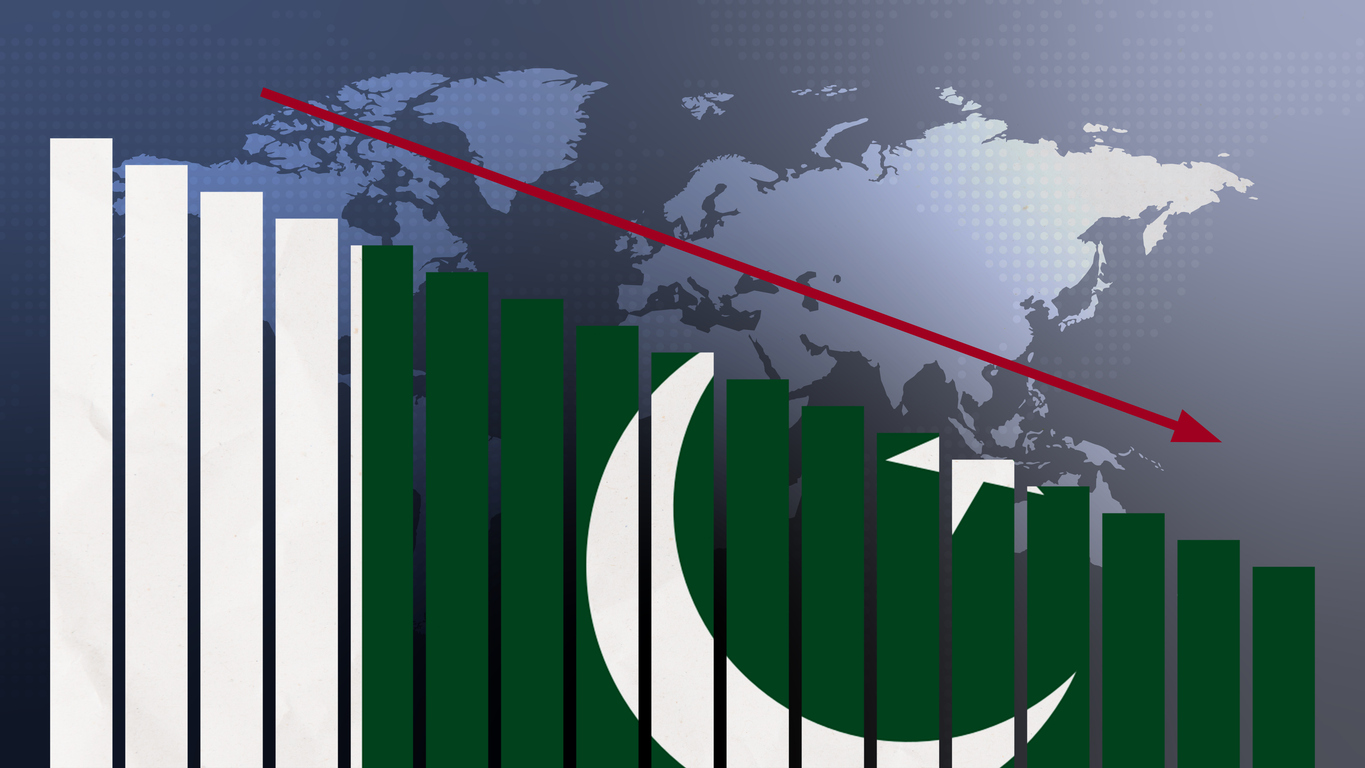
The recent rally in Pakistan’s capital market has left many observers puzzled, with the KSE-100 index achieving an unprecedented surge despite the country’s lingering economic challenges. This rise, celebrated by brokers and government officials alike, suggests a paradoxical scenario: investor confidence thriving in an economy grappling with structural vulnerabilities. While the optimism is palpable, the underlying factors behind this market boom are complex and far from straightforward. The surge in the KSE-100 index from 76,742 in November 2023 to a historic 94,763 within a year—an 18,021-point leap—defies the broader economic reality of slow growth, high inflation, and fragile financial stability. Is this optimism justified, or is it a speculative bubble waiting to burst?
The Pakistani economy remains burdened by a low GDP growth rate of 2.5% in FY24, with marginal improvement expected in FY25. Structural inefficiencies, such as low savings and investment rates, weak industrial and agricultural productivity, and dependency on external funding, paint a grim picture. Yet, the stock market tells a contrasting tale.
The government has eagerly framed this rally as validation of its economic policies. However, the market’s narrow investor base—largely dominated by institutional players—raises questions about whether this surge reflects genuine economic improvement or a speculative phenomenon. Several factors contribute to the capital market’s unprecedented growth. Among them, the State Bank of Pakistan’s decision to lower interest rates stands out. The easing of monetary policy has reduced the attractiveness of fixed-income investments, pushing liquidity into equities. Lower borrowing costs also improve corporate earnings, further enhancing investor sentiment.
Currency stability has played a vital role, providing relief to industries reliant on imported inputs. Simultaneously, fiscal reforms under the IMF program have bolstered Pakistan’s international standing and reassured investors about the country’s ability to navigate financial turbulence. Another critical driver is the shift in the real estate market. Regulatory changes and tax reforms have diminished its appeal, redirecting resources into the stock market. This liquidity influx, coupled with speculative enthusiasm, has fueled the capital market’s ascent.
The rally has drawn mixed reactions. Market enthusiasts like Nadeem Naqvi, Managing Director of the Pakistan Stock Exchange (PSX), attribute it to growing confidence in economic recovery. Highlighting the surge in market capitalization to over $43 billion, Naqvi points to robust corporate earnings and improved fiscal discipline as key enablers. However, sceptics view the market as a playground for the wealthy, with limited participation from retail investors. They argue that a small nexus of brokers and institutional players often manipulates market trends, leaving retail investors at a disadvantage. This concentration of power raises concerns about market transparency and inclusivity.
Prominent market figures like Arif Habib and Muhammad Sohail have acknowledged the positive sentiment while urging caution. They emphasize the need for political stability and consistent policies to sustain investor confidence. The recent rally, they argue, reflects hope rather than a definitive economic turnaround. For analysts like Asad Ali Shah, the rally is a logical outcome of shifting investment patterns. With high-interest rates previously driving capital toward fixed-income securities, the decline in rates has made equities more attractive. Similarly, easing inflationary pressures and currency stability have improved corporate profit outlooks, supporting the market’s rise.
Despite the optimism, risks loom large. Political instability, inconsistent economic policies, and unresolved structural challenges could disrupt the market’s momentum. The global economic environment also poses threats, with fluctuating commodity prices and geopolitical tensions potentially affecting Pakistan’s external trade. The reliance on IMF-led reforms, while providing short-term stability, underscores the fragility of Pakistan’s economic framework. The absence of deep structural reforms in areas such as taxation, energy, and industrial productivity could limit long-term economic recovery, making the current rally susceptible to volatility.
The stock market’s performance, though a significant economic indicator, is not a comprehensive measure of overall economic health. Pakistan’s broader challenges—such as poverty, unemployment, and low human development indices—require sustained policy efforts beyond the capital market. The rally does, however, signal a potential shift in investor confidence, which, if nurtured carefully, could drive broader economic benefits. Attracting foreign direct investment, enhancing industrial productivity, and improving export competitiveness should be prioritized to ensure that the current momentum translates into sustainable growth.
The KSE-100 index’s remarkable surge is a testament to the interplay of investor sentiment, liquidity flows, and policy measures. While it offers hope for a recovering economy, the rally must be viewed with cautious optimism. Addressing Pakistan’s structural challenges, ensuring political stability, and fostering inclusive growth are essential for translating market gains into broader economic benefits. Only then can Pakistan’s capital market truly reflect a robust and resilient economy.
